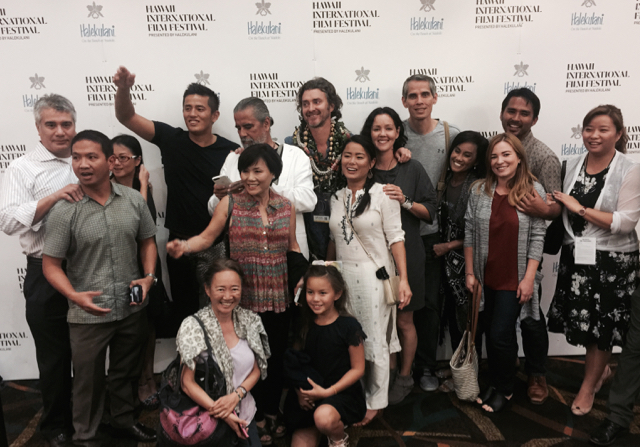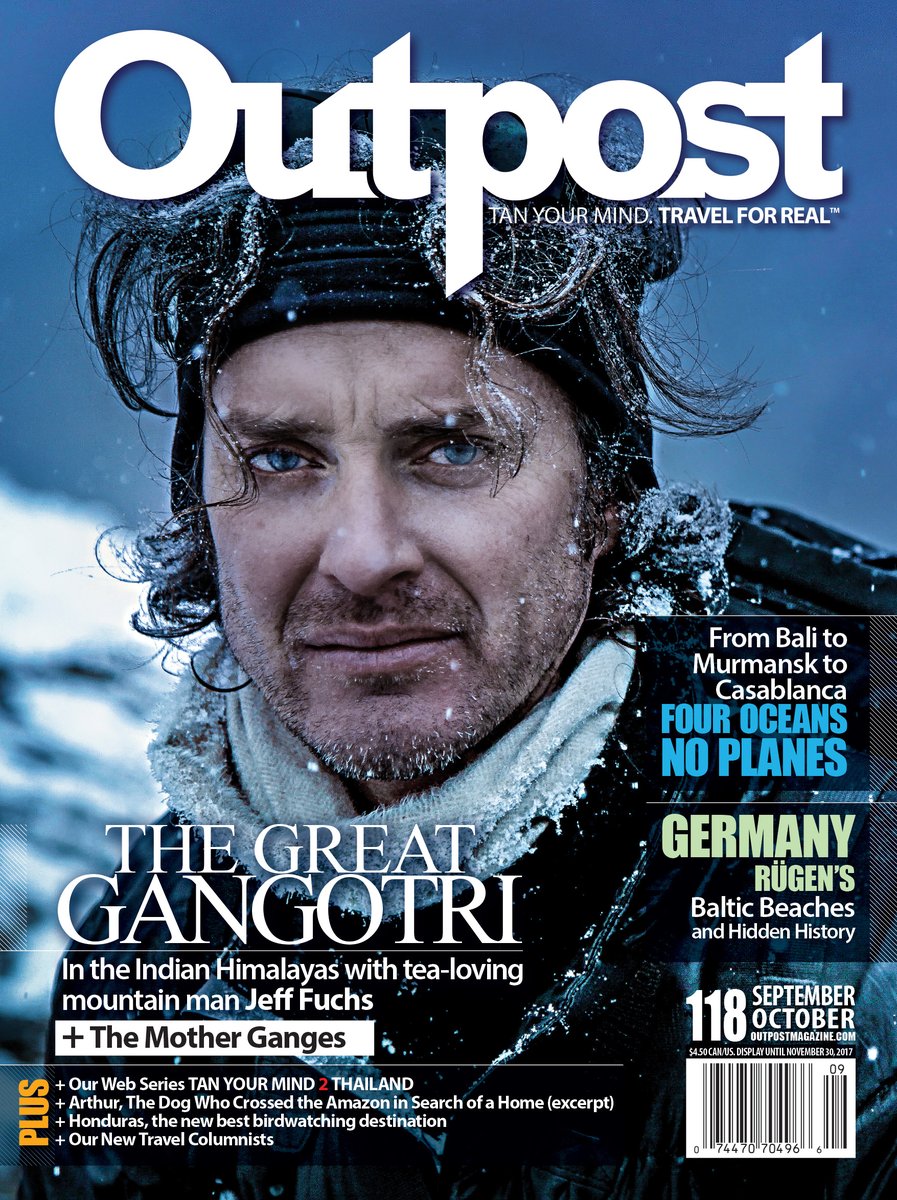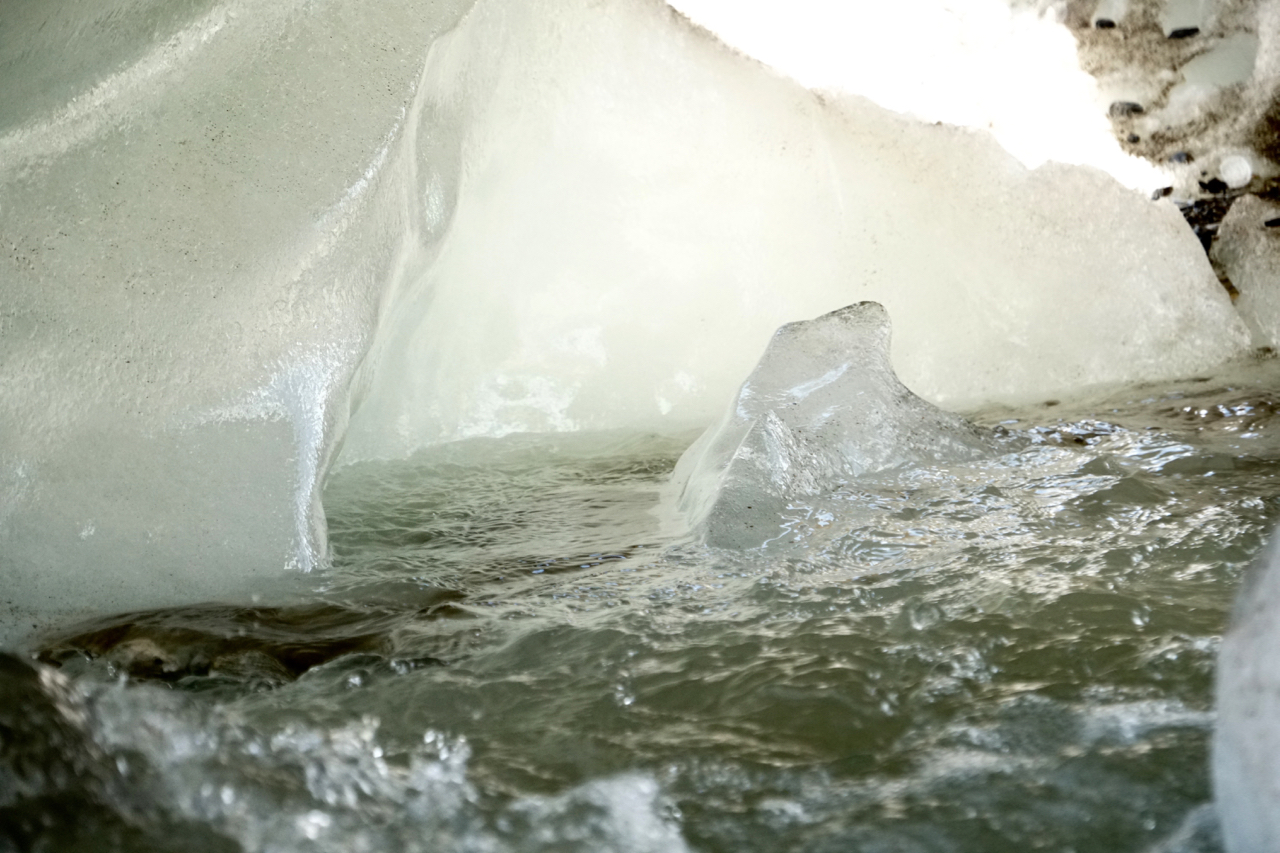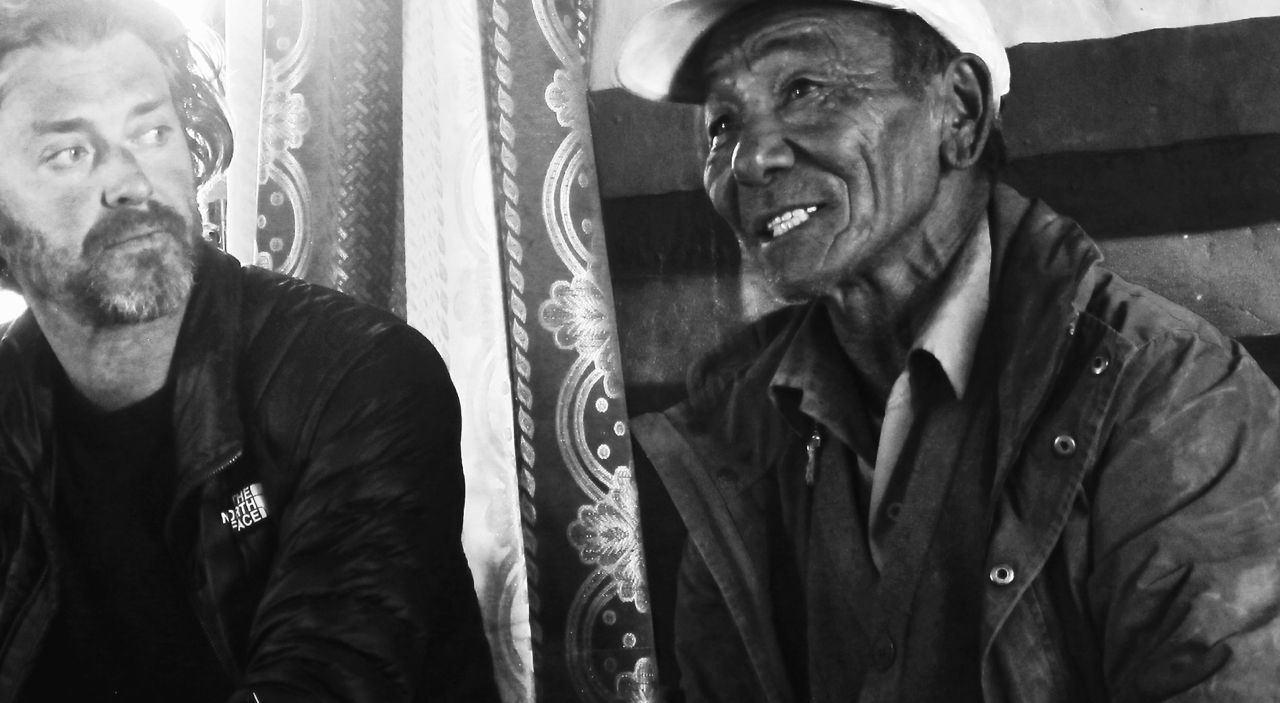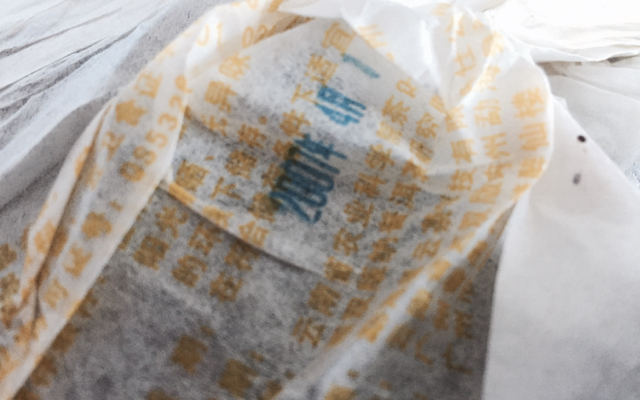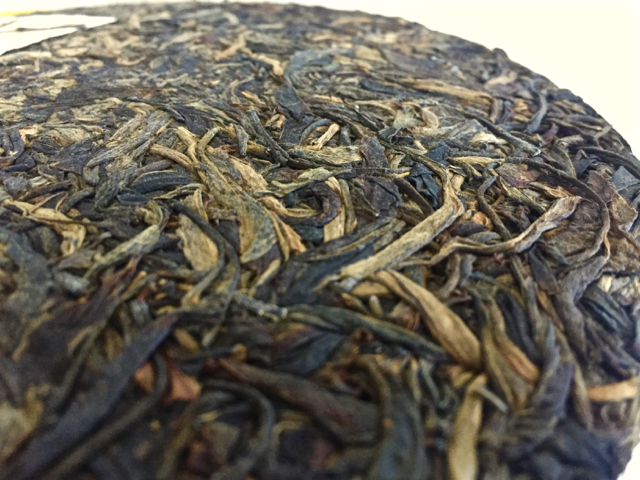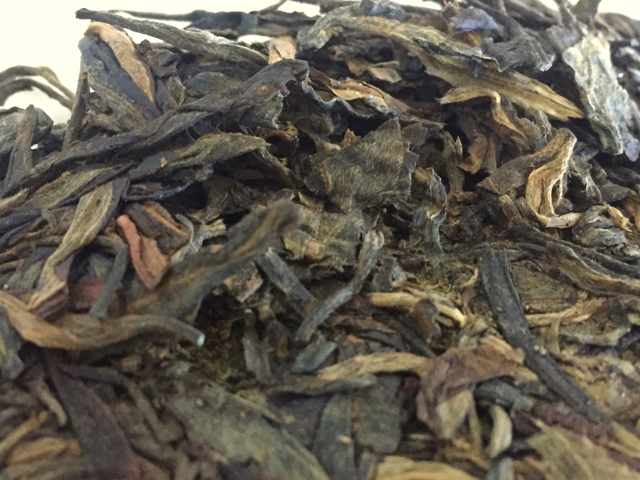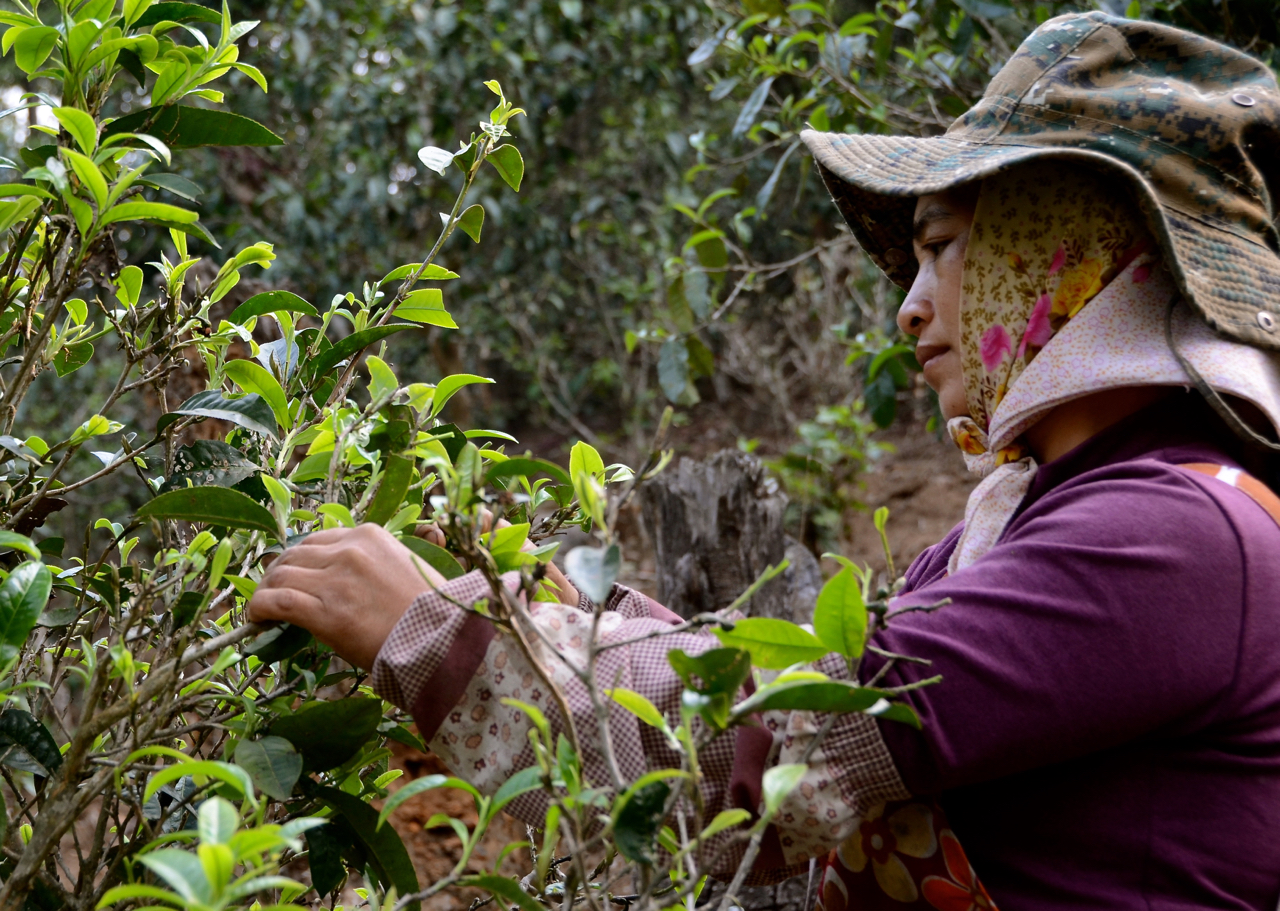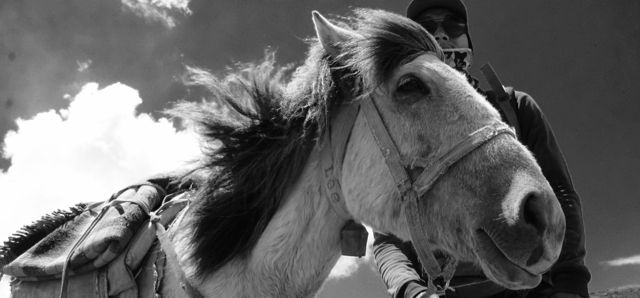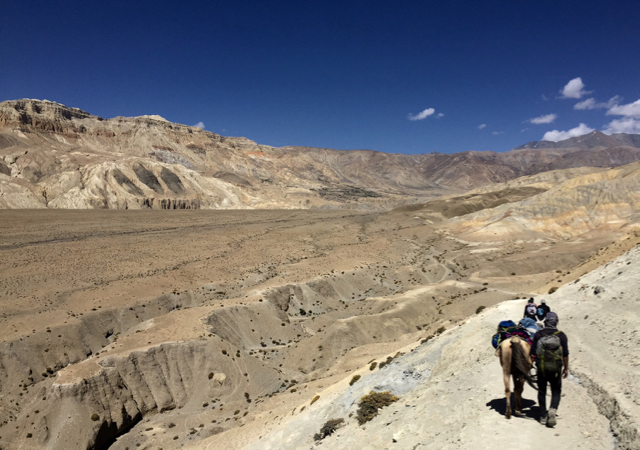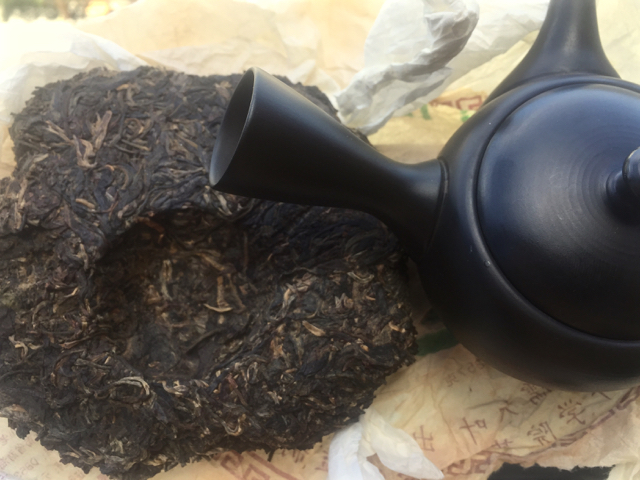Tea covers and stretches across entire hillsides of the province of Hubei and yet I’ve never been. While I’d heard of the teas, none I had sipped had led me to come to this east central province. One of the origins of the Han people, and lodged in the mid-levels of the Yangtze River, Hubei is a place that has long been a collection point for practitioners of Traditional Chinese Medicine. Botanicals abounded in these spaces in nooks and pockets and the far west of the province was once known as the ‘land of the barbarians. Around the year 760 AD in the Tang Dynasty, the tea saint Lu Yu wrote of the regions teas glowing about its offerings. It has long been considered sacred ground in the world of tea and it now lies sprawled out in tidy rectangles along the horizon.
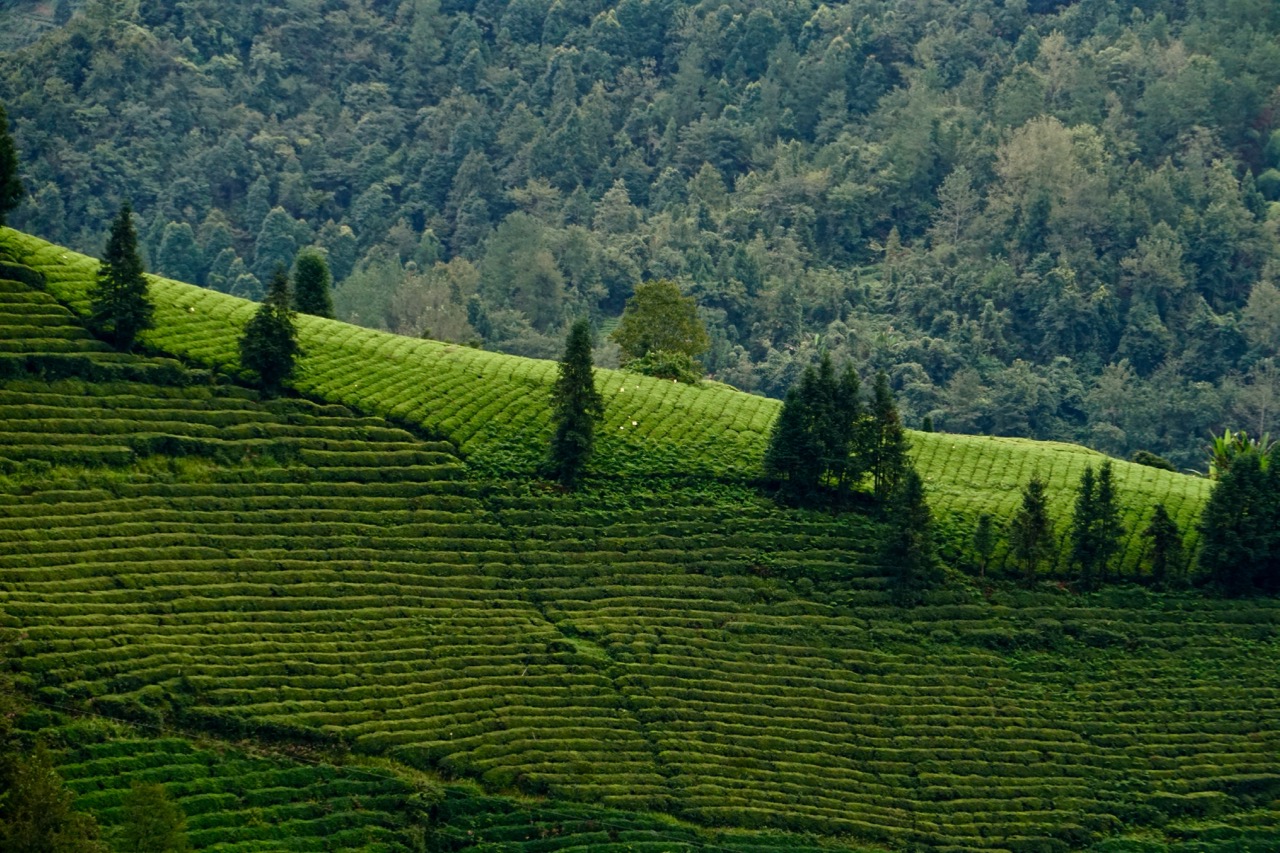
A ‘tea-line’ near Yichang, Hubei
Now finally, I am here wandering through a field with tea bushes carpeting the entire floor of the land around me. There is a whole squadron of us being led along a path with Tujia people dotting the fields harvesting. The lands are marked by karsts that shoot skyward and rolling hills that are cut into small parcels. The land’s sanctity is only enhanced when I learn that there are ancient tea trees not so far away.

Kevin of Camellia Sinensis and tea legend Nigel Melican (at right) at the Yichang train station…in mid flow as we race from transport to transport…and then onto fields
Friend Kevin Gascoyne of Camellia Sinensis, a master sampler of teas and unrepentant seeker of great brews is ahead of me heading upwards and towards a tea station with his loping strides. Our group is part of the 2017 International Tea Forum, which is split between Enshi and Yichang and the tea regions in between. A dozen languages can be heard and it only enhances tea’s calling to so many. Historically, habitually, and those who are new to it…they are all here. There are few leaves an indeed few vegetal matters that can draw so many. A refreshing ball of energy in the form of several of the Tea Masters Cup members traipse about infusing the tea world with something it needs: fresh, unpretentious, reverence.

Leaves get a light panning on low heat creating sweet easy drinking green teas.
In these regions, there are delicate red teas and easy sipping green teas using the small leaf cultivars of Camellia Sinensis Sinensis. Almost a week in with rampant late night tea sessions in hotel rooms with new compatriots of the leaf and a few old friends, it has been an altering experience. Altering in that new Tea Masters Cup participants have injected their own feral and very young energy into the culture of the ancient herb.

More of the providing fields
My own obsessive interest in the leaf has been augmented and enhanced by those seeking to mix the leaf in with other elements and medicinals…a thought I would have once considered a kind of great ill. These Tea Master Cup-pers are baristas, mixologists, samplers, and blenders rolled into a collective body who will bring the leaf forward in many ways. My own view of the leaf has grown and I’ve fed off of the energy that so many have brought with their very own views on serving it, sampling it and simply enjoying it.

The hands that judge, feel, manipulate and handle the leaves
As on every journey I’ve taken in the past 14 years, I have my own stash of tea and serving tools. A small gai-wan is wrapped in a sock (clean) and filled with rolled paper towel. As much tea as has been offer in the past few days, I still enjoy disappearing once in a while and fixing a serving or two of my own Puerh (in this case a Pa Sa old tree raw offering that is floral, rampantly fresh and grabs the enamel just barely before disappearing down the gullet). It is also a long held tradition that tea folks will gather in the later hours and share brews, tales, and opinions…all while sipping still more of the leaves. It isn’t ever a question of whether too much stimulant leaf will keep any of us up. Generally we care not.

The red that took my palate from Wujia Tai
These tea lands that we’ve been cruising through offer up yet more committed communities both joyfully and economically dependent upon the leaves. It is yet another world with similarities and wide swaths of difference in preparation, and preferences. Here, pans are still used to keep the delicate flavors and though there are industrial sized components involved with tea production, the hands are still vital and so too are the relationships that locals have with the leaves. Teas here are – palate wise at least – various shades of ‘delicate’ with reds (black to the west) in warm nutty tones, and some greens that are more than vaguely styled upon the famed Long Jing’s of Hangzhou further east.

A decent green based upon the Long Jing in both structure and palate ‘hit’.
Astringency or vegetal power are not welcomed in the local teas. Instead smooth and easy flavours seek to please the palate. One particular gem (enough of a stunner to have me preparing it independently on many days in my room trying to find fault with it) is a gentle red that seems to flow along like a soft carpet is from Wujia Tai. Sumptuous little leaves with slight curls and plenty of end buds unleash themselves softly to the palate and finish every single time (regardless of my deliberately over and under steeping) with something quite long and sweet like a freshly baked loaf of bread. These are teas for immediate or semi-immediate consumption with very limited life-spans.

Some of the late night sipping crew (left to right): Eliot of Mighty Leaf, Kevin of Camellia Sinensis, Josh of Rishi, myself and Kelly of Allegro.
Whereas my beloved Puerhs run the gamut of inconsistency and brilliance (which makes them very special in my own sphere of reference) as many of these locally sourced teas as I can get my cup into reveals consistency through and through. As much as it delights that there is a tea that hits the palate with pleasure, it is just as crucial to actually ‘feel’ that a tea has been produced well.

I get some time at the mic speaking of source and story in the tea industry. Photo courtesy of Rajiv Lochan
It reinforces that there are hands out there that still curate great teas in spaces I’ve never been. I cannot help but compare flavours that I’m more familiar with, but the object isn’t simply to find teas that I ‘like’; it is more an exercise to find teas that are well made, interesting, and hitting different palate points. Kevin will always travel with Darjeelings, Josh Kaiser of Rishi travels with a bevy of his own preferences…and so on. These teas act like panaceas and trippy comfort journeys so that we can ensure some familiar joy at the end or beginning of each day…or simply some random blasts.

A Tujia elder near Yichang…standing within his tea fields
As our tour is whisked to a conclusion a small mob of us sneak towards a pair of tables where a tea stand of sorts offering the local brew sits waiting. With a week in us of serious drinking of the leaf, daily thermos loads of tea, and the ensuing onslaughts of offerings and samples…we all reach for another cup.

A small homestead near Enshi surrounded by the only crop that matters here…tea.



